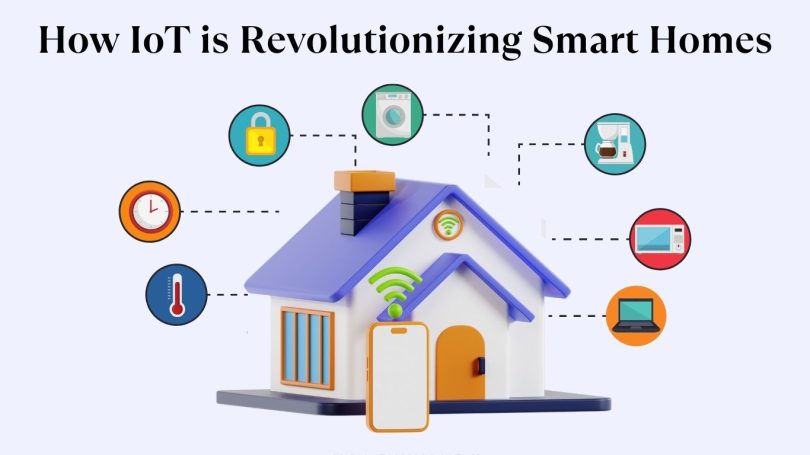Do you remember those science fiction films where the houses moved based on the occupant’s ‘mood’, the ‘lights went low on their own’, and the ‘refrigerator ordered food supplies’ on its own?
Well, thanks to IoT which stands for Internet of Things, that future is no longer out of this world. Our homes are getting smarter, thereby creating a fabric of digitality that fits into the areas of comfort, convenience and even security. However, one must ask, how is IoT making changes to the interior spaces we live, and what does this mean for a homeowner?
Fundamentally at the center of a smart home is a complex web of smart devices, smart sensors, smart cameras and smart actuators, which are intrinsically dispersed within your home environment. The ‘eyes and ears’ of the digital world gather information ranging from temperature and humidity to movement and light intensity. This information is then processed at a central point or through a central Hub or App to enable you to control and interact with your home in ways you never thought possible.
Smart Homes Emerged as New Trend:
The idea of smart homes began as early as the beginning of the 20th century when the first household appliances were invented. However, breakthrough technological advancements that occurred in the last few decades made the creation of connected devices and the IoT which are the foundation of smart homes promising. These devices are symbiotic in nature and work in concert to make our homes a part of the digital world.
Smart Homes as a Factor in Improving Convenience:
Another major advantage that is practically undeniable is the level of comfort that smart homes provide. Home automation enables one to manage several factors of the interior environment with the touch of a button or even a voice. For example, a user can switch on/off a thermostat, turn off the lights, lock the doors, or start a coffee maker using his smartphone. This technology is efficient and convenient allowing one to be in charge of homes despite the distance.
Energy conservation and management have been considered as one of the most significant components of energy policies in the last decades.
Energy Conservation and Smart Homes:
Smart homes are also associated with energy conservation and protection of the environment. Smart thermostats can pick up people’s preferred temperatures, and adjust them when it comes to heating or cooling with efficiency. Occupancy sensors and controls in smart lighting systems determine the presence of people in the room and regulate the amount of light required. Since smart homes enable the residents to track energy use and receive recommendations, the residents will have more control and be more inclined to live a sustainable life.
Enhancing Security and Safety:
The issue of safety is very important to homeowners; smart homes ensure that this is improved greatly. Products like smart doorbell cameras, motion sensors, smart locks, and security cameras help monitor the properties 24/7. Connectivity with AI systems helps in identifying emerging threats at the initial stage and alerts homeowners and authorities on the same. This enhances the level of security in the lives of people and property in these smart buildings.
Smart Homes, Personalization and Adaptability:
Smart homes are accordingly personalized to provide solutions to the everyday problems in the homes without having to be a one-size-fits-all solution. Artificial intelligence allows smart systems to learn user’s habits, predict their needs and offer them correct recommendations. For instance, a smart home can wake up a user through music, adjust lighting and temperature when a user is getting ready for work or shower, or recommend that a user adjust lighting or temperature because it detects that the user uses too much energy at certain times.
Impact of Smart Homes on the Health of People:
Beyond convenience and security, smart homes are beneficial to health and wellness. Smart mattresses track the sleeping habits of the inhabitants while air quality detectors work to make the environment of the house healthy. Incorporation of these technologies makes smart homes to improve the general health of the residents and improve their standards of living.
Conclusion:
A home automation system that was once the stuff of science fiction is already here and in our home. It makes our lives easier, more comfortable and safer. The Internet of Things is at the center of it all, it is a collection of sensors and appliances that gather information and enable people to engage with their homes in a different way. It can be lights that change with the mood, or a fridge that orders food on its own; this is just the beginning. But this smart home revolution is still ongoing. Over time, the integration will increase and homes will know what we want and adjust to our preferences. However, there are issues such as security, particularly in relation to cyberspace and compatibility of devices that must be solved. In this context, it is crucial to have the cooperation of both the technological industry and the political one in order to develop a secure and standardized system.



